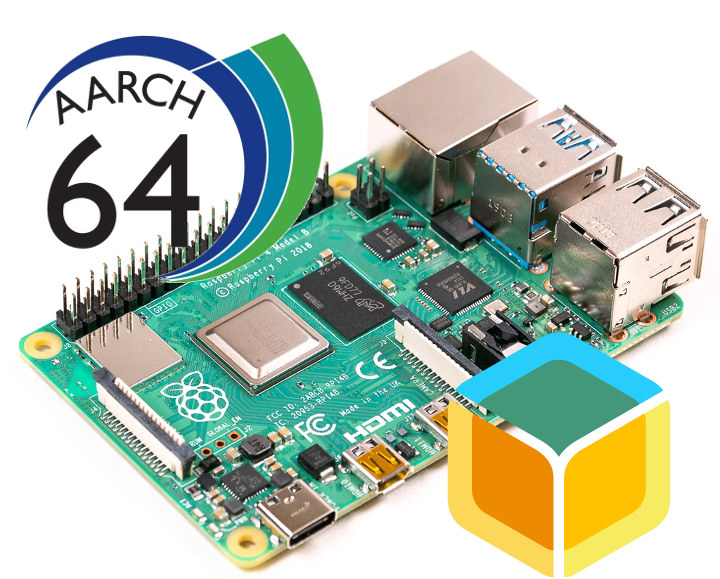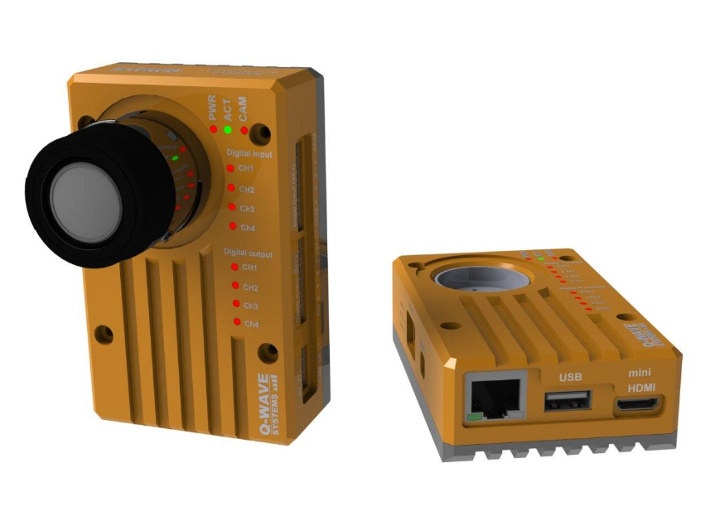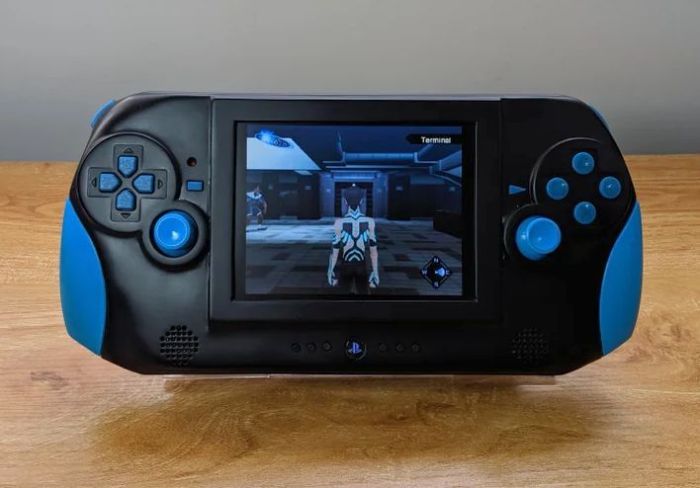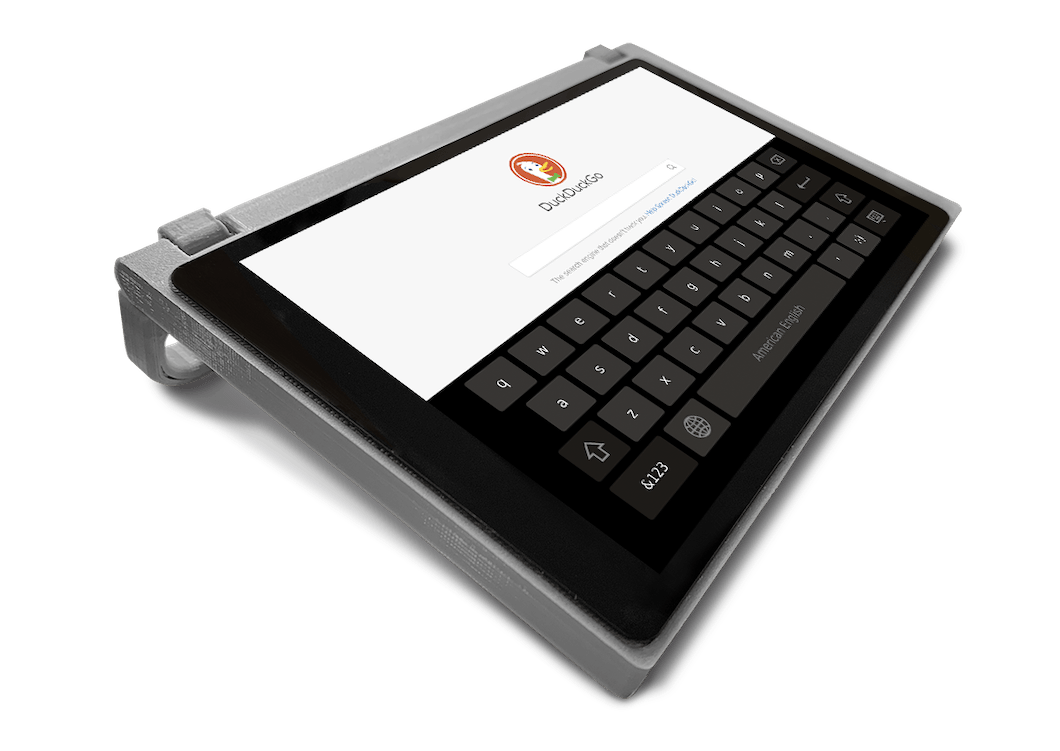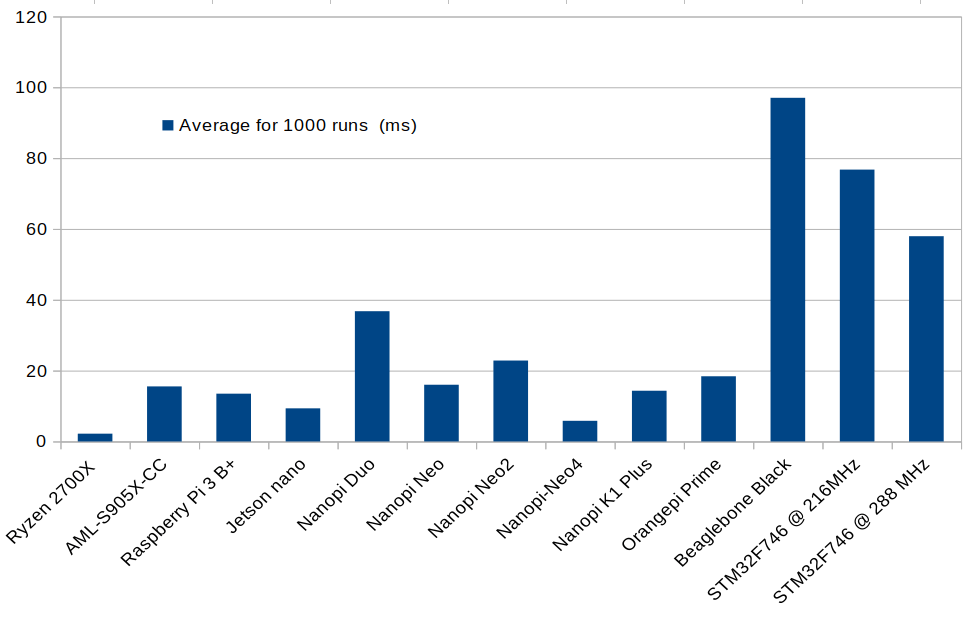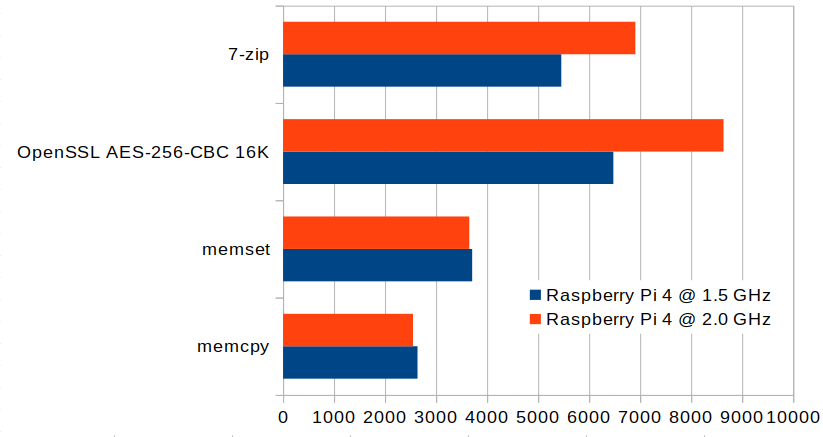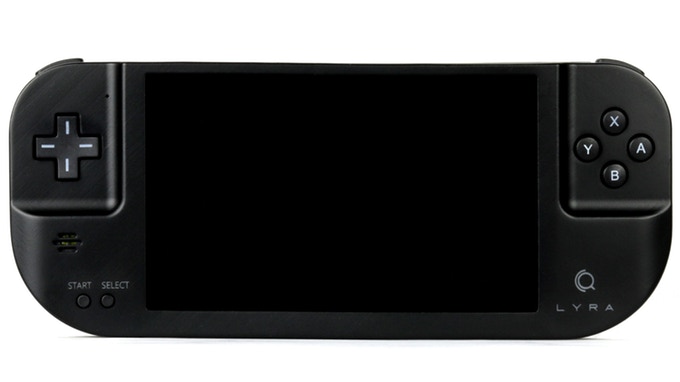BalenaOS 64-Bit OS Balena just announced the release of a 64-bit OS for the Raspberry Pi 4, that latest release of the iconic SBC. BalenaOS is designed to run 32-bit and 64-bit Docker containers side-by-side and simultaneously. It also supports up to 4GB of memory, to accomplish that feat. The balenaOS also supports several other embedded systems and versions of Raspberry Pi How BalenaOS Is Set Up The BalenaOS is opensource, Yocto Linux-based host OS made for containers. The workflow is fast and current and allows for a number of different embedded systems, but especially Raspberry Pi 4 in a 64-bit environment. The Main Advantage With the advances in the Raspberry Pi 4 platform, the faster data throughput, improved graphics handling, and the faster processor speeds, the BalenaOS is taking full advantage of the Raspberry Pi 4. It adds a wide variety of possibilities to a platform that was waiting […]
Raspberry Pi CM3+ based EagleEye Smart Camera Works with OpenCV and LabVIEW NI Vision
We previously covered Q-Wave Systems’ Melon S3 board combining a Xilinx Spartan 3E FPGA with ESP8266, but the Thai company is back is a completely different product: EagleEye Smart Camera. The board is powered by Raspberry Pi Compute Module 3+ (CM3+) with 16GB or 32GB flash, and equipped with a 5 MP camera for machine vision and robotics applications. There are two version of the board Uno and Industrial with the latter adding 24V digital input and outputs, circuit protections and support for industrial temperature range. EagleEye smart camera key features & specifications: SoM – Raspberry Pi CM3+ with Broadcom BCM2837B0 quad core cortex-A53 processor, 1 GB RAM, and 16GB or 32 GB flash Camera – 5 MP OV5647 image sensor, CS/M12 lens holder + 4mm CS lens Video Output – mini HDMI port Networking – 10/100M Ethernet USB – 1x USB 2.0 host port up to 1.2A Expansion Uno […]
PIS2 DIY Handheld PS2 Game Console Uses Raspberry Pi 2 SBC as SMB Server
It’s a Handheld PS2 Game Console The PIS2 is a handheld PS2 game console that has the chopped-up insides of PS2 game system stuffed into a small console, along with a display, controllers and a Raspberry Pi 2 to access the games from the Ethernet to load directly to the hardware. Sony has officially discontinued all handheld PSs as of March 2019, so these DIY consoles are popping up regularly. This one is quite an accomplishment. It Took a Long Time The creator of the PIS2, a hacker named Darkwing, started work on the unit in 2013. He stopped for some time, then started documenting his work on the system in 2017. The ambitious first design specs looked like this PS2 scph-79002 5.6″ Dalian Good Display and VGA chip Genius MaxFire Blaze 2 controller 11.1V 6200mAh made of 6 ncr18650a cells Texas instrument ptn78020 switching regulator IBM Lenovo 05K5494 Laptop […]
CutiePi Open Source Tablet uses Raspberry Pi Compute Module 3
The announcement of the CutiePi, an open source tablet-based on the Raspberry Pi Compute Module 3 comes a bit late for the Pi-based tablet/laptop space. We have reported on some of the more versatile tablets using the Raspberry Pi platform, the Diskio Pi 13.3” DIY Tablet and the RasPad tablet kit, with a few more Raspberry Pi-based tablet/laptop kits also listed in the same article. Timeline and Pricing CutiePi Tablet has no firm release date, but the company is saying late 2019 for launch. The development team is also saying everything is subject to change, but look for the pricing to be USD $150 – $250. Click to Enlarge How CutiePi is Different The tablet is different in its thinner design and in the software designed specifically to use Linux Raspbian OS for a touch screen platform. There are readily available source code and case plans for the ambitious developer […]
TensorFlow Lite for Microcontrollers Benchmarked on Linux SBCs
Dimitris Tassopoulos (Dimtass) decided to learn more about machine learning for embedded systems now that the technology is more mature, and wrote a series of five posts documenting his experience with low-end hardware such as STM32 Bluepill board, Arduino UNO, or ESP8266-12E module starting with simple NN examples, before moving to TensorFlow Lite for microcontrollers. Dimitris recently followed up his latest “stupid project” (that’s the name of his blog, not being demeaning here :)) by running and benchmarking TensorFlow Lite for microcontrollers on various Linux SBC. But why? you might ask. Dimitris tried to build tflite C++ API designed for Linux, but found it was hard to build, and no pre-built binary are available except for x86_64. He had no such issues with tflite-micro API, even though it’s really meant for baremetal MCU platforms. Let’s get straight to the results which also include a Ryzen platform, probably a laptop, for […]
Actcast Combines IFTTT-like Service with AI and Raspberry Pi 3 / Zero
In a report on April 30, 2017, Idein had developed GPGPU accelerated object recognition for the Raspberry Pi platform. That development led to the beta release of the ActCast IoT platform, which was announced on July 29, 2019, and uses deep learning algorithms for object and subject recognition. The program is for use with IoT and AI. The idea is to increase performance and link the system to the web for even more solutions. What it Does The use of physical world information in IoT projects has many applications. Such as a doorbell that sees a person, can then recognize the person. Ultimately letting the user know over the web through a smartphone, the person should be let in. And then the system unlocks the door. So Actcast is a bit like IFTTT with artificial intelligence / computer vision capabilities. Edge Computing Bringing the source of data closer to the […]
How to Overclock Raspberry Pi 4 to 2.0 GHz
Yesterday I played with my new “ICE Tower CPU cooling fan” for Raspberry Pi 4 which cools the board just great but is clearly over the top. Regular reader and commenter m][sko mentioned it was possible to overclock Raspberry Pi 4 to 2.0 GHz after a firmware upgrade. That looks like a perfect task for my new fansink! I’ve upgraded both the firmware and operating system:
|
1 2 |
sudo rpi-update sudo apt dist-upgrade |
then edited /boot/config.txt as root (sudo) to add the following lines to boost the maximum frequency to 2.0 GHz:
|
1 2 3 |
force_turbo=0 arm_freq=2000 over_voltage=6 |
Do not try to set force_turbo=1, as while it would allow to further boost the voltage, it will change a fuse in the chip, and it will void your warranty. We can now reboot the board to validate the settings, and check those are applied:
|
1 2 3 |
vcgencmd get_config int | grep "arm\|over" arm_freq=2000 over_voltage=6 |
Good. At idle the frequency is lower, but that normal:
|
1 2 |
vcgencmd measure_clock arm frequency(48)=666826176 |
Voltage is set to 1.0335V:
|
1 2 |
vcgencmd measure_volts volt=1.0335V |
[…]
LyRa is a Raspberry Pi CM3L based Handheld Game Console (Crowdfunding)
The LyRa handheld game console is the first of its kind to carry a Raspberry Pi CM3L module inside. We reported on the Raspberry Pi Compute Module 3 Light in early 2017, and its significant features and abilities. The LyRa is being developed by Creoqode who started their campaign on Kickstarter in July 2019. The campaign has already surpassed its funding goal, and it looks like the LyRa will become a reality. The LyRa comes in two versions 1. RTG – Ready-To-Go which is a completely assembled and ready to play handheld game console, computer and entertainment console. 2. DIY – Do-It-Yourself version comes in pieces that can be made into a fully functioning handheld game console in about 15 minutes. The unit features a Raspberry Pi CM3L module which is able to emulate literally hundreds of classic game consoles and games. The unit can attach through HDMI to a […]


